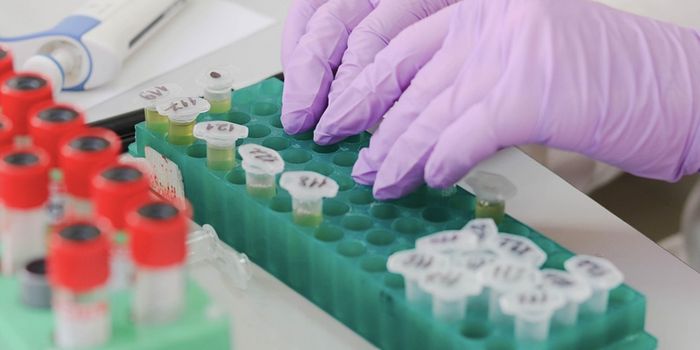Pain is biologically different for women and men: drugs could be too
Women and men have biologically different pathways for chronic pain. Research published in the journal Brain revealed that different genes and pain signaling pathways were active in men and women with neuropathic pain - a chronic condition with symptoms including numbness in feet or hands, persistent sharp or burning pain, and extreme sensitivity to touch.
In the study, researchers at the University of Texas at Dallas, UT MD Anderson Cancer Center, UT Health Science Center at Houston, and Baylor College of Medicine examined nerve cells located at the base of the spine, called dorsal root ganglia (DRG), removed from eight female and 18 male cancer patients undergoing surgery. Then, researchers categorized gene expression patterns of these cells by sex and pain state. By using RNA sequencing, a cutting-edge approach to gene sequencing, the research team identified certain genes and pain pathways to potentially target with pain-relieving drugs.
Learn more about how the DRG transmit pain signals:
Although there is no way to extract and study DRG from most pain patients, researchers believe there may be proxy cells, such as immune cells, that have the same genetic markers. These cells can be more easily extracted from patients.
According to Dr. Ted Price, a senior author of the paper, the study revealed a "striking" difference in how chronic pain occurs between sexes. For example, in men with neuropathic pain, immune system cells were most active. In women, neuropeptides, or chemicals released by nerve cells, were abundant.
Price and his colleagues stress that this finding needs further study. Nevertheless, it suggests that a new migraine drug that targets a neuropeptide called CGRP and its receptor might effectively treat chronic pain in women. In mice, Price has shown that this type of drug does not work in males, but blocks pain in females. "CGRP is a key player in lots of chronic pain in women, not just migraine," he says.
So, what do these findings mean for those suffering from chronic pain? Currently, clinical trials and drug manufacturers often do not distinguish between the sexes. Indeed, tailoring drugs to men or women would revolutionize medicine, especially considering that it took decades for women (and female animals) to be included in basic preclinical and clinical research. In 1993, Congress mandated the inclusion of women in clinical trials funded by the National Institutes of Health. This study is seminal because it could pave the way for the recognition of sex-specific pain therapies as effective, and necessary.
Price is hopeful that this research will lead to better therapeutics and preclinical research. "I think that 10 years from now, when I look back at how papers I've published have had an impact, this one will stick out," he said. "I hope by then that we are designing clinical trials better considering sex as a biological variable, and that we understand how chronic pain is driven differently in men and women."
Sources: WIRED, ScienceDaily, Nature









